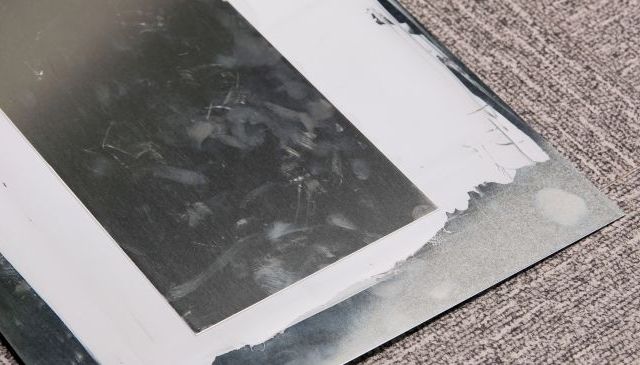High thermal conductivity carbon fibers have many advantages such as light weight, high strength and low thermal expansion, and are widely used as efficient thermal management materials and advanced thermal protection composite materials.
Among the traditional high-performance carbon fiber systems, only mesophase pitch-based carbon fibers belong to high thermal conductivity carbon fibers. However, its technical threshold is high, the price is extremely expensive, and it is strictly embargoed by Western countries such as the United States and Japan. Therefore, it is urgent to develop new thermal conductive fiber technology to meet the urgent demand for high thermal conductive fiber materials and products.
Topological mismatch between one-dimensional polymer chains and two-dimensional graphite crystals during graphitization is effectively modulated by pre-placing the large-scale 2D grapheneoxide seed crystals in commercial polyacrylonitrile precursors. This method improves the uniformity of fiber composition and structure, and promotes the graphitization kinetics of polymers.
Also the structure regulating and batch manufacturing of high-thermal-conductivity graphene composite carbon fibers which possess large crystal region size and high crystal orientation degree are realized. In addition, the molecular mechanism of graphitization of two-dimensional topological seed crystals is revealed by experiments and molecular dynamics simulations.
The thermal conductivity of the graphene composite carbon fiber can reach 850 W/mK, far exceeding the traditional polyacrylonitrile-based carbon fiber (32 W/mK), reaching the level of special pitch-based carbon fiber. Its specific thermal conductivity is 450 mW∙m2/kg∙K, which exceeds that of many fiber materials (metal fibers and traditional carbon fibers).
More importantly, through in-depth exploration of the transformation principle of two-dimensional topological seed graphitization, the possibility of mutual transformation between difficult and easy graphitization materials is verified, and a new principle is provided for the structural design and preparation of other high-performance graphite materials. The preparation technology of low-cost and high thermal conductivity fibers has been developed, which can promote the application of functional fibers in thermal management and flexible energy storage in the future.

Market overview High thermal conductivity carbon fibers have many advantages such as light weight, high strength and low thermal expansion,…
Nano-gardening : growth of soft nanoarrays via living self-assembly Jiandong Cai, Chen Li, Na Kong, Yi Lu, Geyu Lin, Xinyan…
Product introduction Sound deadening adhesive is a structural adhesive with the following advantages of high bonding strength, good temperature and…




